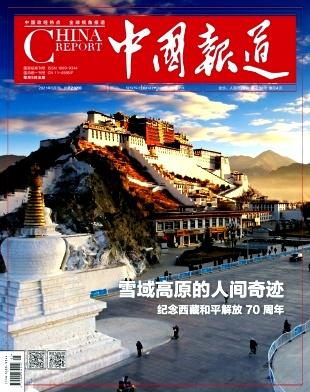Contemporary Concerns and Challenges in East Asia: A View from India
IF 0.7
Q3 AREA STUDIES
引用次数: 0
Abstract
East Asia, historically a vibrant region, has been witnessing momentous changes in contemporary times. In the past, it has witnessed a Sinocentric regional order, the era of Japanese imperialism, the Cold War divide and the persistence of the Cold War. The region is also important because in the contests for the Indo-Pacific, the roles of China, Japan and South Korea will have a large bearing. This article deals with China, Japan and South Korea as the main actors in the region, which have their concerns and challenges in this dynamic region. Most of the time, these countries are so engrossed in their own challenges and concerns that they cannot comprehend the collective regional scenario. Looking at the region from India, a distanced but connected country, it is possible to list their particular concerns and challenges and classify them to comprehend the full picture. This article classifies their concerns and challenges into three broad categories: common, different but reconcilable and different and irreconcilable. The classification is heuristic and subjective, but it is being used to recommend that the countries of the region must try to transform and move their concerns and challenges from the third category to the second category. Furthermore, the article also delves into the place and role of India in the region, along with a few tentative recommendations for India to play a more constructive role in reaching out to these countries bilaterally and collectively. In the process, the article argues that India needs to have a coordinated regional policy.当代东亚的关注与挑战:来自印度的视角
东亚是一个历史上充满活力的地区,在当代经历了巨大的变化。在过去,它见证了以中国为中心的地区秩序、日本帝国主义时代、冷战分裂和冷战的持续。该地区之所以重要,还因为在印太地区的竞争中,中国、日本和韩国的角色将产生重大影响。本文将中国、日本和韩国作为该地区的主要参与者,在这个充满活力的地区有他们的担忧和挑战。大多数时候,这些国家都全神贯注于自己面临的挑战和关切,无法理解整个地区的形势。从印度这个距离遥远但联系紧密的国家来看这个地区,可以列出他们特别关注的问题和挑战,并对它们进行分类,以全面了解情况。本文将他们所关注的问题和面临的挑战分为三类:共同的、不同而可调和的和不同而不可调和的。这种分类是启发式的和主观的,但它正被用来建议该区域各国必须设法转变并将其关切和挑战从第三类转移到第二类。此外,本文还深入探讨了印度在该地区的地位和作用,并提出了一些初步建议,建议印度在与这些国家的双边和集体接触中发挥更具建设性的作用。在此过程中,文章认为印度需要有一个协调的区域政策。
本文章由计算机程序翻译,如有差异,请以英文原文为准。
求助全文
约1分钟内获得全文
求助全文
来源期刊

中国报道
AREA STUDIES-
CiteScore
1.70
自引率
0.00%
发文量
9353
期刊介绍:
China Report promotes the free expression and discussion of different ideas, approaches and viewpoints which assist a better understanding of China and its East Asian neighbours. A quarterly journal of the Institute of Chinese Studies, it attempts to provide a fresh approach which goes beyond the strictly utilitarian area studies without becoming antiquarian. Launched in 1964, China Report has, over the years, widened its interests and aims and transformed itself into a scholarly journal that seeks a better understanding of China and its East Asian neighbours - particularly their cultures, their development and their relations with China. It is an indispensable source of information on China, its society and culture.
 求助内容:
求助内容: 应助结果提醒方式:
应助结果提醒方式:


